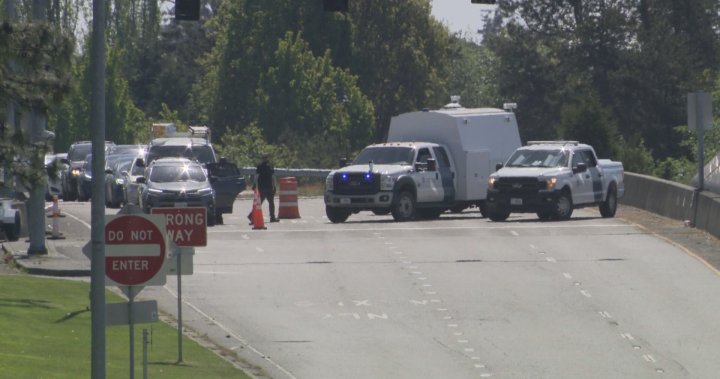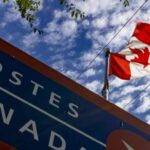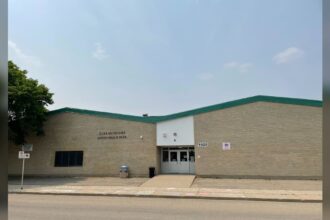The thin line dividing Canada and the United States has become increasingly porous for contraband traffickers, prompting American border officials to intensify their vigilance along checkpoints near British Columbia. Recent enforcement operations have yielded substantial seizures of narcotics, weapons, and cash—highlighting the complex security challenges faced by both nations.
In an unprecedented series of operations conducted over the past three months, U.S. Customs and Border Protection (CBP) officers intercepted over $4.2 million worth of illegal substances, primarily methamphetamine and fentanyl, at checkpoints within 100 miles of the BC-Washington border. The seizures represent a 27% increase from the same period last year, according to official CBP statistics.
“What we’re witnessing is a sophisticated adaptation by trafficking organizations,” explains Raymond Ortiz, CBP’s Regional Director for the Pacific Northwest. “As we strengthen security at official ports of entry, smuggling attempts through remote border regions have accelerated dramatically.”
The enhanced enforcement strategy includes temporary checkpoints along Highway 9 and Interstate 5, deploying advanced detection technology and K-9 units specifically trained to detect narcotics and currency. These measures have proven remarkably effective, with officers confiscating 112 kilograms of methamphetamine, 38 kilograms of fentanyl, and 27 unregistered firearms since operations intensified in February.
Canadian authorities have taken note of these developments. The RCMP’s Integrated Border Enforcement Team has strengthened its coordination with American counterparts, establishing joint patrols in vulnerable areas along BC’s southern perimeter.
“This isn’t merely an American problem,” notes Staff Sergeant Melissa Chen of the RCMP. “Every gram of contraband crossing south potentially enables the northward flow of illegal weapons or other dangerous substances. Our security concerns are fundamentally interconnected.”
The spike in seizures has sparked debate among policy experts regarding the effectiveness of current border management approaches. Dr. Helena Ramirez, Director of Border Security Studies at Simon Fraser University, points to systemic issues that may require broader solutions.
“While enhanced enforcement yields impressive statistics, we must question whether interdiction alone addresses the root causes,” Ramirez told CO24. “The economic incentives for trafficking remain powerful, and organized crime networks have demonstrated remarkable resilience and adaptability.”
The economic dimensions of cross-border smuggling have attracted attention from financial analysts tracking broader impacts on legitimate commerce. The American Chamber of Commerce estimates that strengthened border security measures have increased processing times for commercial vehicles by approximately 14 minutes per crossing—creating ripple effects throughout supply chains dependent on just-in-time delivery.
For residents of border communities, the enhanced security presence generates mixed reactions. In Blaine, Washington, local business owner James Kilpatrick expresses frustration over economic impacts: “When border crossing becomes more cumbersome, we lose Canadian customers who would otherwise shop here regularly. There’s a real cost to small businesses.”
Meanwhile, citizens in neighboring White Rock, BC, have reported increased wait times when traveling south. “It used to take maybe 15 minutes to cross on a weekday,” says commuter Amrita Singh. “Now you’re looking at 40 minutes minimum, often much longer during peak periods.”
Despite these challenges, public health officials emphasize the critical importance of contraband interdiction, particularly regarding fentanyl. British Columbia has experienced a devastating opioid crisis, with 2,511 overdose deaths recorded in 2023—many linked to fentanyl-contaminated substances.
Washington State has witnessed similar trends, with health authorities reporting a 43% increase in fentanyl-related fatalities over the past two years. These parallels underscore how contraband flowing in either direction can devastate communities on both sides of the international boundary.
As enforcement efforts continue, both Canadian an

























